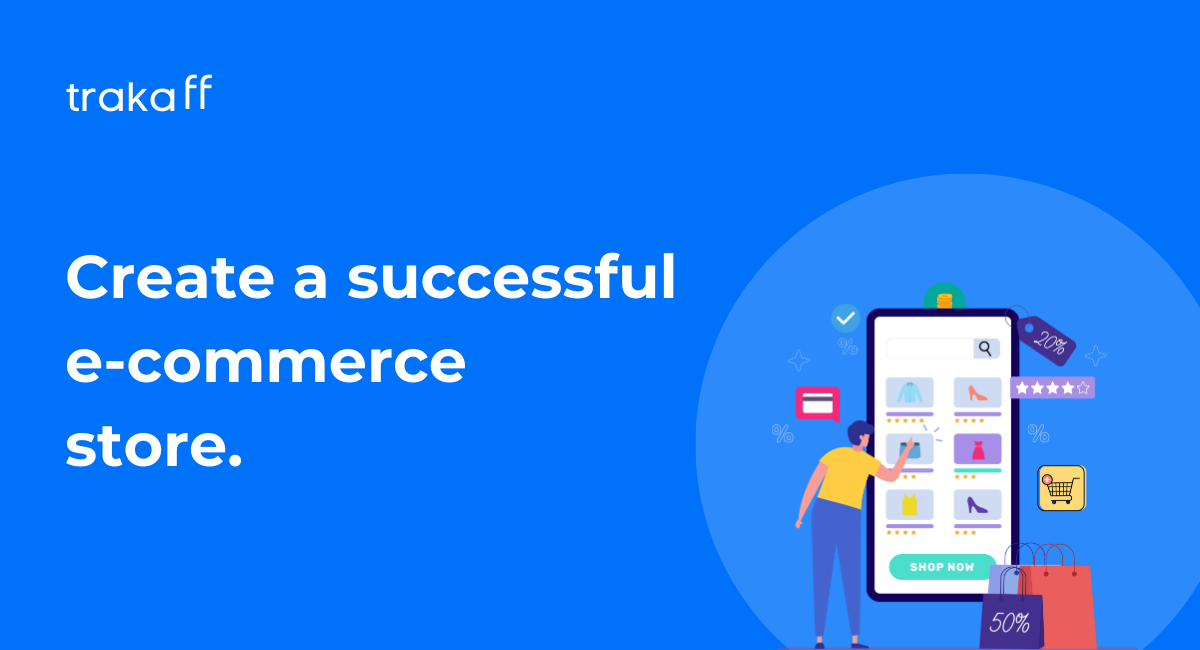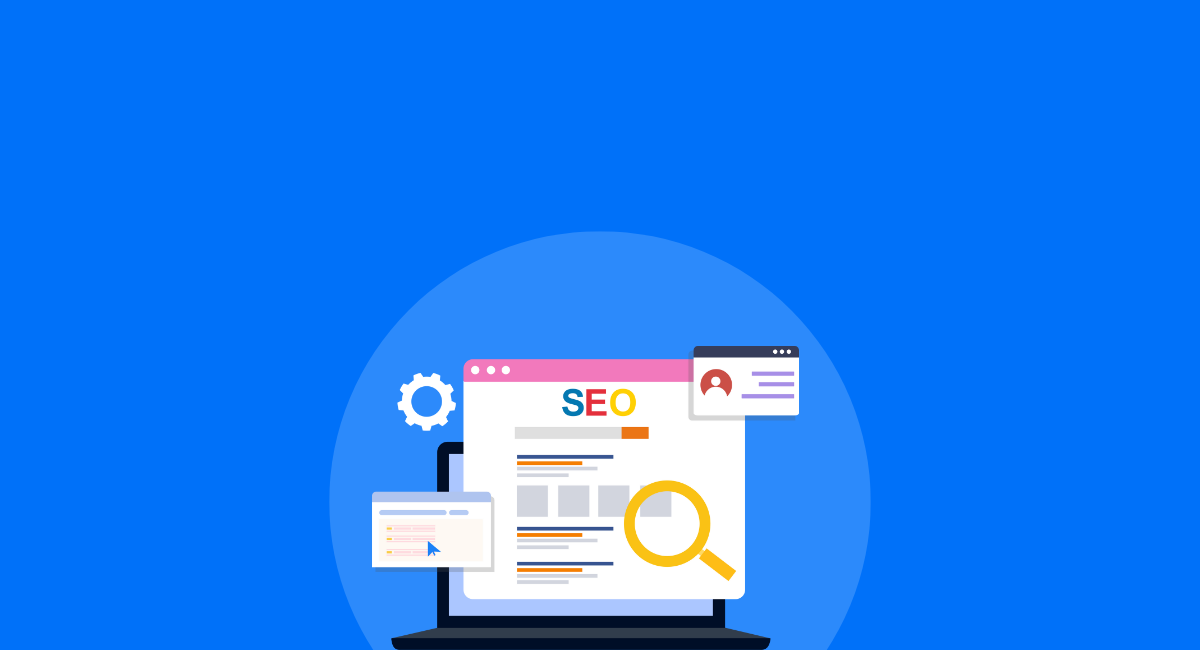How do I create a successful e-commerce store?
Starting an e-commerce store can be very exciting and amazing if you have an entrepreneurial spirit; otherwise, you will face a major loss if you are naive in this e-commerce industry. Let me tell you one thing: we will teach you about everything that you need to create a successful e-commerce store. So buckle up and let’s get ready.

Identify Your Niche and Target Audience
- Niche Selection: You need to know about three things to identify a successful niche, which are market trends, competition, and your interests. For instance, if you have an interest in art, you need to identify what type of art is selling now and what product is a bestseller from your competition. As this can help you grow.
- Understand your audience: You need to identify your audience and sell them a product that can meet their need. As for a younger audience who are showing interest in relationship-related content, then you can sell them customized calligraphic letters, which your audience can gift to their loved ones.
Develop a solid business plan
- Key Components of a Business Plan
- Executive goals: You need to set some goals, which can be the growth of revenue, profits, and many more.
- Market Analysis: You need to research the trends and growth of competitors.
- Marketing Strategies: You can create funnels, which can help you attract traffic, then produce leads and convert them into sales.
- Operational Plan: You need to make sure about your logistics, inventory management, and fulfilment of product delivery.
- Financial Plan: You need to project your revenue and clarify your budget.

Choose the Right E-commerce Platform
- Popular Ecommerce Platforms: You can create your ecommerce store from websites like Shopify (user-friendly and beginner-friendly) and Woocommerce (ideal for WordPress and highly customizable).
- Factors to Consider: Ease of Use, Highly Customizable, Cost and Scalability, and many more factors that you need to make sure about the e-commerce platform.
Design a user-experience website.
- Essential Website Elements
- You need to create a design that is attractive for all devices because people access the internet more on their phones than on computers.
- You can design your store in such a way that audiences can easily navigate themselves to the best product for them.
- You need to add high-quality images and descriptions to hold your audience.
- You need a fast responsiveness and loading speed so that your website is more attractive to them.
- User Experience (UX) Tips
- You need to simplify your checkout process to reduce cart abandonment.
- Including your customer reviews and ratings can improve the sales of the product.
- Providing multiple payments can help your customer with easy checkout.
- You need to provide strong security measures like SSL certificates and secured gateways.
Optimize for Search Engine (SEO)
- On-Page SEO
- Finding keywords is extremely important for you to begin.
- You need to optimize your product titles, descriptions, and meta tags using keywords.
- You need to have clear URLs and always include alt text for images.
- Off-Page SEO
- You can create high-quality backlinks through guest blogging, partnerships, and social media.
- You can encourage your customers to write reviews and provide you with testimonials.
- You can build a social media following, which can provide you with traffic and help you build authority.

Create a comprehensive marketing strategy
- Email marketing: Building an authentic email list and creating personalized and segmented email campaigns can help you nurture leads and create sales.
- Content marketing: Creating videos, infographics, and a blog where you can post all of this content and using SEO strategies, you can rank it at the top. Sharing this on social media can help you gather reach and traffic.
- Social media marketing: You need to find the platform where your ideal customer is and develop a content calendar that you can use to assist the post regularly.
- Paid Advertising: You can use Google ads and Facebook ads to get targeted traffic and further create campaigns, which you can help them to retarget the visitors. Monitoring and optimizing ad performance is extremely necessary for this to be successful.
Provide excellent customer service
- Customer service strategies: You need to use multiple channels for support which can be in the form of email, live chat, and phone. Providing them with a professional reply to their complaints is authentic for them. You also need to create nice FAQ sections for your customers to resolve normal queries.
- Building customer loyalty: Customer loyalty is extremely important to get recurring sales. You can create loyalty programs with rewards and discounts. You need to have a personalized relationship with your customers to have great authority.

Monitor and analyze performance
- Key Metrics to Track
- Traffic Sources: Understand where your traffic will come from.
- Conversion rate: You need to measure how many visitors make a purchase.
- Average Order Value (AOV): You need to track the average amount spent per transaction.
- Customer Acquisition Cost (CAC): You need to calculate how much you need to spend to acquire a new customer.
- Tools for Analyses
- Google Analytics: It provides you with detailed insights about traffic and user behaviour.
- Heatmaps: You can use tools like Hotjar, which can visualize user interaction on a website.
- Ecommerce analytics: You can use Shopify and Woocommerce platforms, which can provide you analytics.
Scale your business
- Expansion Strategies: Introducing new products to your existing audience and vice versa, can be a great method for expansion. Along with other influencers, you can market your product using their audience.
- Automating operations: You need to onboard inventory management software, which can help you streamline your stock availability. You can also outsource your work to third-party logistics, which can produce better results.
Stay adaptable and innovative
- Keeping up with trends: You need to stay informed about industry trends and identify consumer preferences. You also need to gather the data of your feedback, which can help you implement your marketing strategies.
- Innovation: You can explore new sales channels like marketplaces and social commerce. You can use new-age technologies such as VR and AR to enhance your customer experience.
Conclusion
The most important thing for your ecommerce store to work is your product and how you market it. Planning, consistency and willingness to adapt are essential skills for your e-commerce store to grow. You need to provide customer support and user experience and implement effective marketing strategies to create a thriving community around your e-commerce store. So having focus on your goals and consistency for you to learn and they can help your product to work.